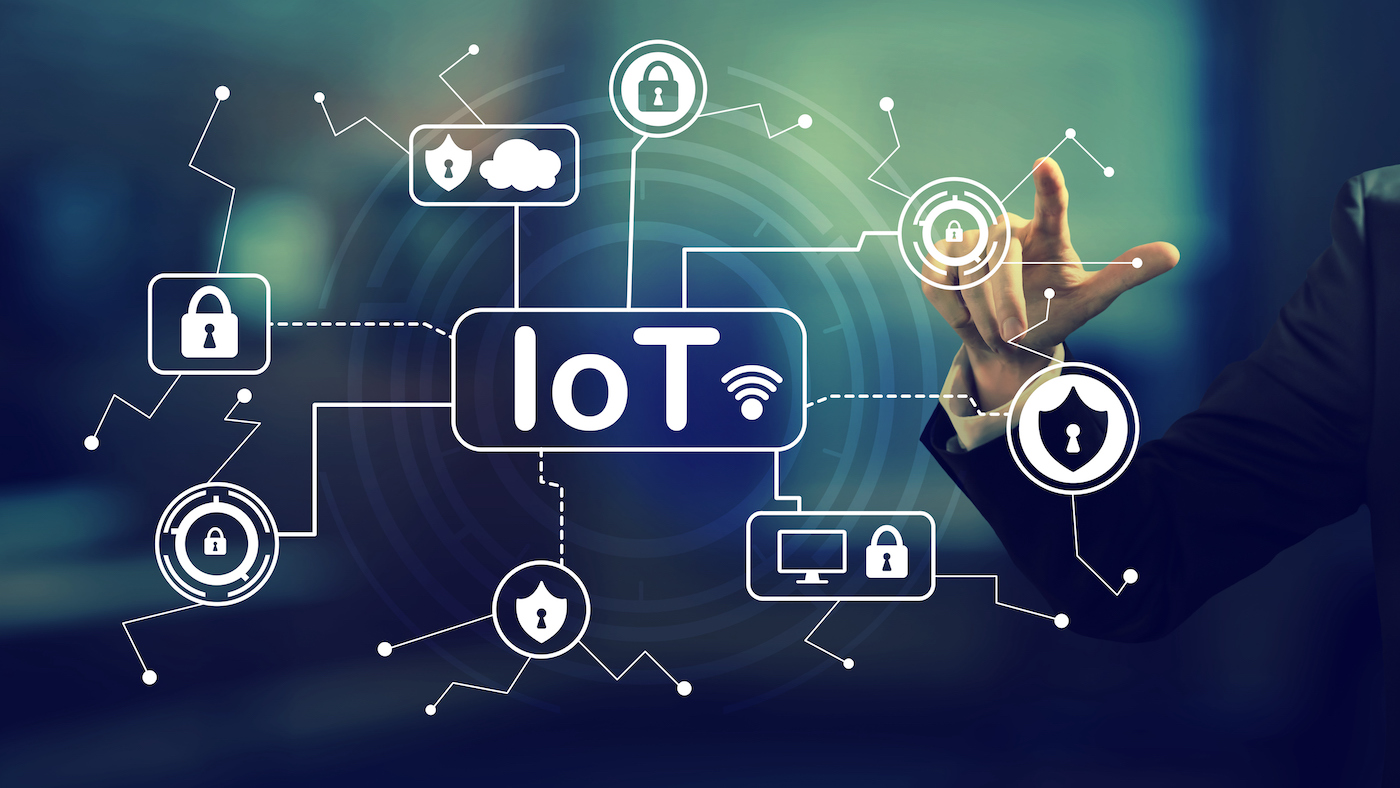The Internet of Things (IoT) has revolutionised the way that we interact with technology. IoT devices are now ubiquitous, from smart home assistants to connected cars and wearable technology. However, the increasing number of devices has also raised significant security concerns.
IoT security refers to the measures taken to protect IoT devices and networks from cyber attacks. These devices often collect and transmit sensitive data, making them a prime target for cybercriminals. A single vulnerability in an IoT device can result in widespread data breaches and significant financial losses.
Challenges with IoT security
One of the most significant challenges of IoT security is the sheer number of devices and networks involved. IoT devices can communicate with each other and with the internet, creating a complex web of interactions that can be difficult to manage and secure.
- One of the critical components is authentication and access control. IoT devices must be authenticated before they can access the network or communicate with other devices. Access control involves managing user access to IoT devices, ensuring that only authorised users can access the device or the data it collects.
- Encryption is another critical component. Encryption involves converting data into an unreadable format, which can only be accessed with a decryption key. Encryption can protect data both in transit and at rest, and is often used to protect sensitive data in IoT devices.
- Device management is also an essential component. Device management involves monitoring and managing IoT devices, including software updates and security patches. Many IoT devices do not have the same level of security and update capabilities as traditional computer systems, making them vulnerable to cyber attacks.
- Finally, network segmentation can also improve IoT security. Network segmentation involves dividing the network into smaller sub-networks, each with its own set of security rules and access controls. By segmenting the network, organisations can limit the impact of a cyber attack and prevent the spread of malware across the entire IoT network.
In conclusion, IoT security is essential in protecting IoT devices and networks from cyber attacks. IoT devices collect and transmit sensitive data, making them a prime target for cybercriminals. By implementing authentication and access control, encryption, device management, and network segmentation, organisations can improve IoT security and protect their data and operations from cyber threats. As the number of IoT devices continues to grow, it is essential to stay informed about the latest security threats and to implement appropriate security measures to stay one step ahead of cybercriminals.

Leave a Reply